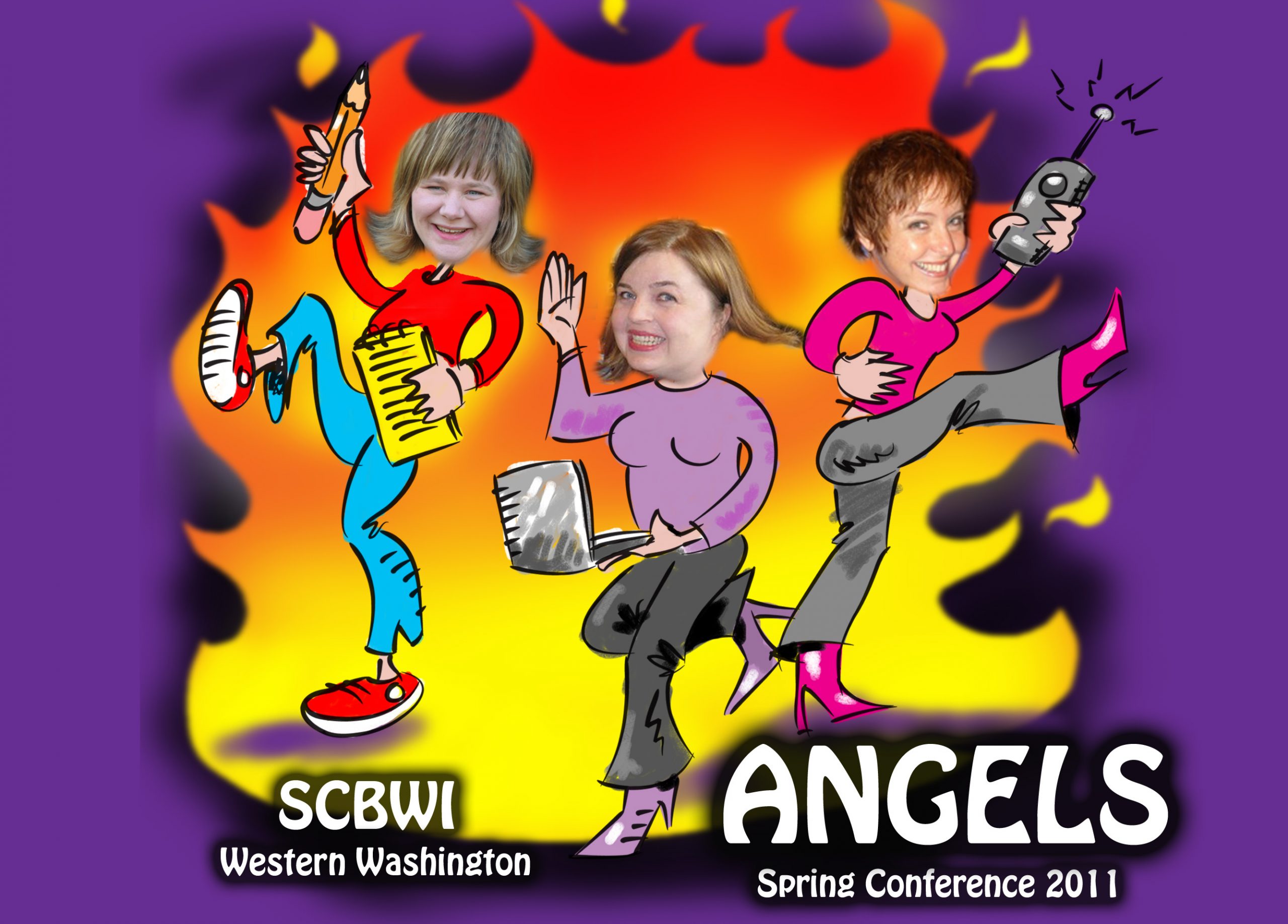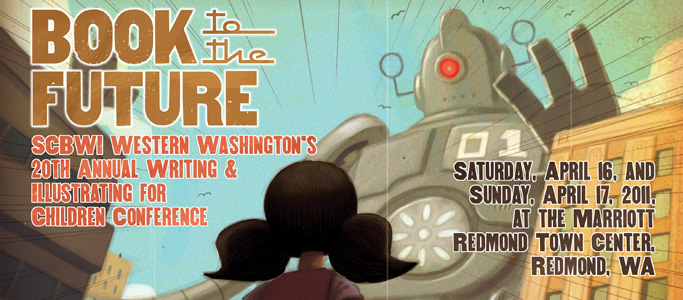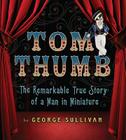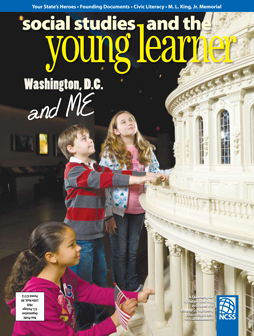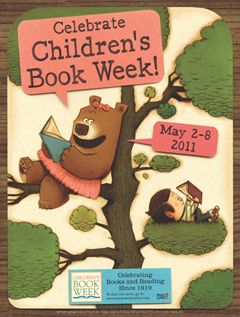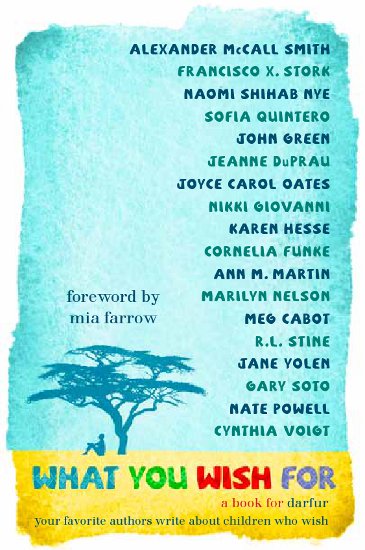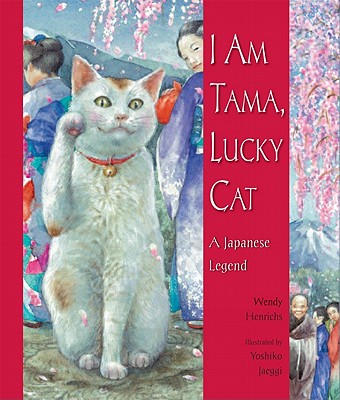I didn’t think SCBWI Western Washington’s 2011 conference could get any better than it was on Saturday, but yes, it could! Sunday started a little later (thank goodness, after all that dancing!). On Sunday, April 17, we started out by celebrating our awesomely talented and dedicated advisory committee. And they celebrated us with a great big surprise presentation!

Before we even had time to see what goodies they put together for us, we jumped right into gear with Dan Santat’s keynote. He not only gave a peek into the trajectory of his career so far (and trust me, it’s only going up, folks!), but he showed us that he, too, is indeed human. He made himself cry by showing us a picture of why he works so hard (his family), and he took the rest of us right along with him. 400 people wanted to give Dan a hug, but I think most of us settled for buying his books and becoming lifelong fans.
The local success story panel is always one of my favorites because 1) I usually know most of the people of the panel and love celebrating their successes, and 2) the stories are always so inspiring and leave us all feeling that someday, if we keep working hard, we could be up there telling our stories (about our stories). This year’s panel–featuring Carole Dagg, Caridad Ferrer, Liz Mills, Craig Orback, Wendy Wahman, Jesse Joshua Watson, and Jim Whiting–did not disappoint! From the 14-year labor-of-love personal-history novel to the 90-day start-to-finish topical and timely picture book (written AND illustrated by the same person!), these folks were all full of examples of the rewards that come from hard work and dedication.

- Copyright Dana Sullivan
During lunch I finally had a chance to peek at the goodies from AdCom–HUGE MISTAKE! They had all written personal notes and messages inside the card (see awesome picture of the card front, above), and I totally teared up, again! We have such a great team, and I’m so thankful to work with each and every one of them. For them to go all out to thank ME reduced me to a blubbering mess. I finally pulled myself together enough to return to the ballroom, where I watched our awesome Assistant Regional Advisor, Kimberly Baker, open the thank you gift we got her. She burst into tears, so yeah, there I went AGAIN. Then, our Published Pro Liaison, Sara Easterly, presented our region’s first ever Lifetime Achievement Award to Peggy King Anderson. You can read Peggy’s take on it here, but we all know and love Peggy, so–yep, you guessed it–MORE tears!
Thank goodness the afternoon was jam-packed with information! First I went to Jim Whiting’s talk on Nonfiction Hooks. He had oodles of examples of revising to hook the write audience–with handouts! Then Jesse Joshua Watson talked about Writing for Change, with the inspiring story about how his book HOPE FOR HAITI came to be and organizations he has partnered with since (okay, I got a little teary here, too). Finally, the last breakout of the day for me was about authenticity, presented by agent Marietta Zacker. Marietta gave a brilliant talk illustrating the need to be absolutely true to yourself while still perfectly addressing your audience (yep, misty-eyed, sigh).
The rest, unfortunately, is a bit of a blur. But I know I ended the day on a total high–even before the foot massage and cocktails. 😉

